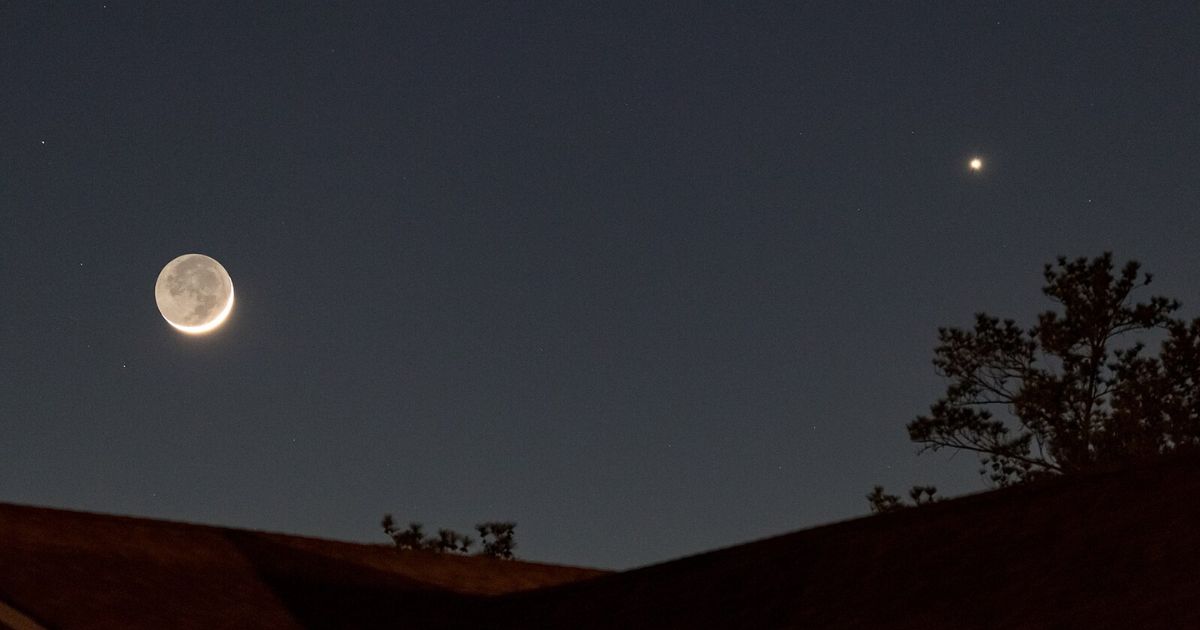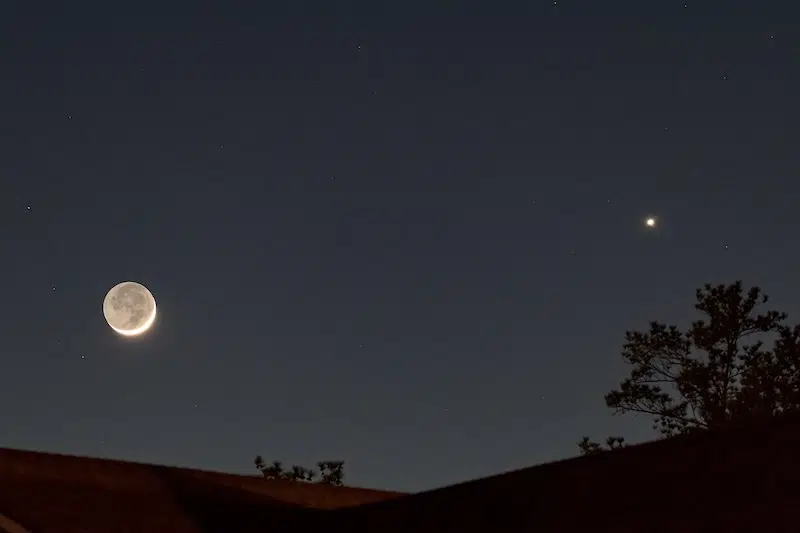
Photo: Stephen Rahn via Wikimedia Commons (Public domain)
NASA has confirmed that a little asteroid named 2025 PN7 has been orbiting in sync with Earth. Discovered by the University of Hawaii, the asteroid is categorized as a “quasi-moon.” The quasi moon is a rare kind of space object, and keeps in almost perfect sync with Earth’s orbit.
According to astronomers, the quasi-moon measures anywhere between 60 to 118 feet wide. Compared to other planetary objects we’re familiar with, 2025 PN7 is tiny, but not negligible in the realm of astronomical research. Why? Because the quasi-moon is only a temporary visitor that we happened to discover.
Earth’s moon is held in orbit by the former’s gravity, meaning it will remain as such for perpetuity. However, 2025 PN7’s movement around Earth is not dictated by Earth’s gravitational pull; the asteroid’s orbit will eventually move out of sync with our planet and into open space.
Scientists estimate that the quasi-moon has been in this current orbit for 60 years, and that it will move in this pattern until 2083. The closest the asteroid has ever gotten to the Earth is still 10 times farther away than our moon circles the planet. Moreover, competing gravitational pulls from other celestial bodies like the sun and neighbor planets can pull 2025 PN7 even farther away. This may help explain how it took so long for astronomers to even discover the quasi-moon in the first place.
The discovery took place after a routine telescope survey revealed what scientists thought was just a small moving speck in the middle of the stars. The team of researchers at the University of Hawaii quickly realized that this speck was keeping a near-perfect pace with Earth’s orbit around the sun. Weeks of further observation concluded, with confirmation from NASA, that 2025 PN7 was a quasi-moon for Earth—one of eight total in Earth’s history.
While the existence of the 2025 PN7 quasi-moon doesn’t fundamentally change how our night sky will look, its orbital patterns and characteristics can provide a goldmine of information for astronomers looking to better understand how celestial bodies interact with each other to varying degrees, especially as it relates to Earth. So the next time you’re stargazing, remember that Earth’s got a little friend tagging along with its orbit right now.
NASA has confirmed that a small, asteroid “quasi-moon” has been orbiting the Earth.

Photo: davidhoffmannphotography/Depositphotos
2025 PN7 was discovered by a team of astronomers at the University of Hawaii after a routine telescope survey.
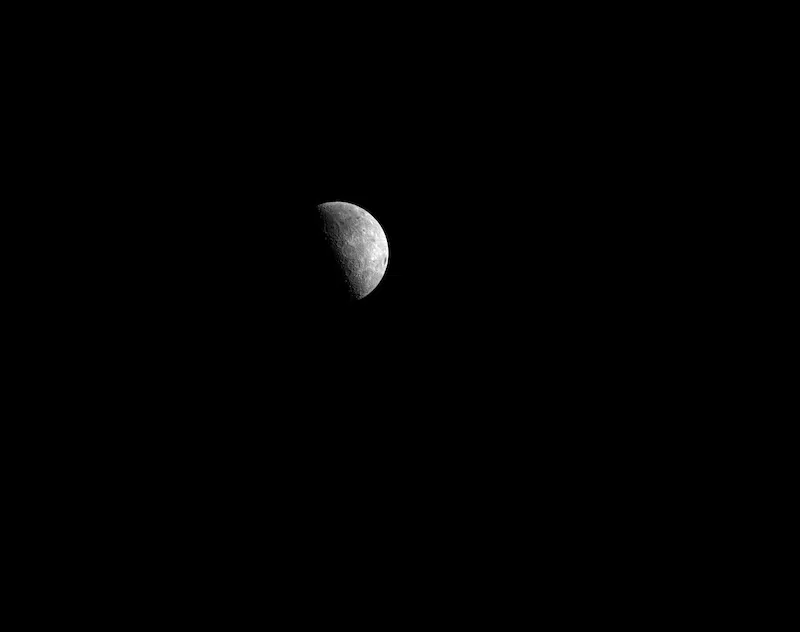
Photo: NASA Johnson Space Center via Wikimedia Commons (Public domain)
The asteroid itself is tiny at an estimated 60 to 118 feet wide, compared to other celestial bodies.
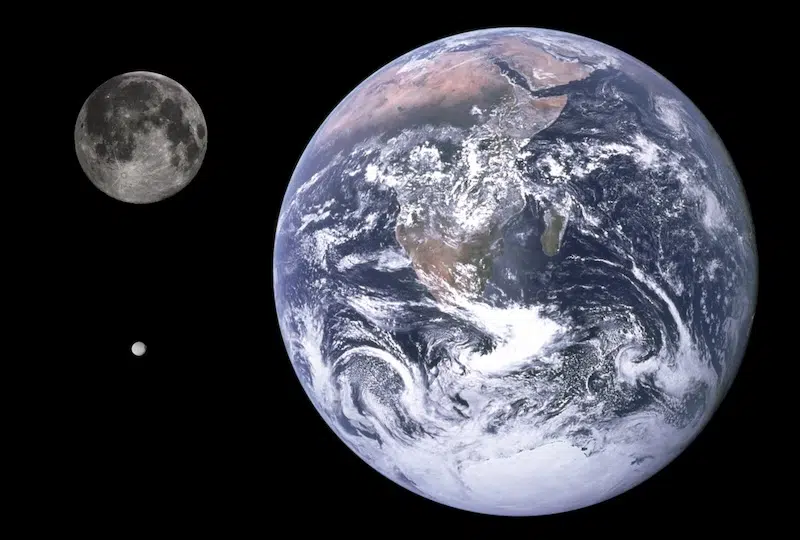
Photo: Self Made/NASA via Wikimedia Commons (Public domain)
2025 PN7 is believed to have entered a synchronized orbit with Earth some 60 years ago, and
it will likely remain on this path until 2083.
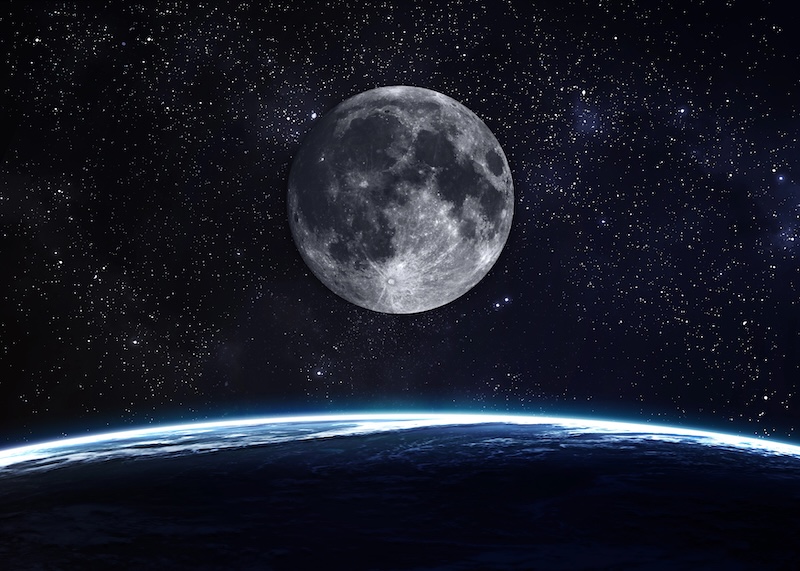
Photo: Shad.off /Depositphotos
Sources: NASA confirms Earth now has two moons until 2083
Related Articles:
Artemis II Astronauts Preparing for the Moon Say They’re “Ready for Every Scenario”
Spectacular Photo Captures Buddha “Pinching” the Moon
Out-Of-This-World Winners of the 2025 Astronomy Photographer of the Year Contest
NASA’s Perseverance Rover Has Discovered Potential Signs of Ancient Microbial Life on Mars

